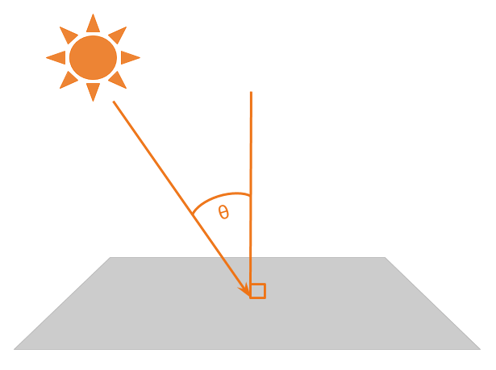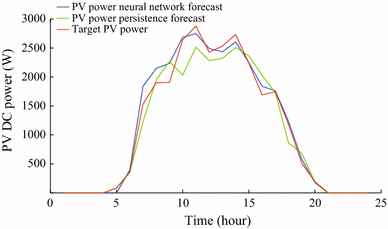Solar Panel Efficiency Vs Angle Of Incidence

The calculation of the angle of incidence 0tilt on a tilted surface is more complicated.
Solar panel efficiency vs angle of incidence. This is the angle between the line that points to the sun and the angle that points straight out of a pv panel also called the line that is normal to the surface of the panel. This is the most important angle. Simple geometry will get you the instantaneous number for power as a function of tilt angle under two assumptions. The highest efficiency solar panels on the market today can reach almost 23 percent efficiency.
Solar panels are most efficient when pointing at the sun so engineers want to minimize this angle at all times. Elevation angle and azimuth angle commonly shortened to angle and azimuth for brevity. The angle of the sun varies throughout the year as illustrated in figure 9. The vertical tilt of your panels.
Therefore the optimal tilt angle for a pv panel in the winter will differ from the optimal tilt angle for the summer. Let s start with two key terms. This angle will also vary by latitude. The first assumption is that there is no scattering of light in the atmosphere so that all light comes directly from the point sourc.
The surface azimuth angle at describes the deviation from the south. Today we re going to explain how to mount your solar panels to get the most energy from them. Solar panels have been consistently increasing in efficiency at about 5 annually since 2010. Whether you are installing a solar panel on a flat roof or a pitched roof the output of the solar pv system would be increased by optimizing the tilt angle.
In order to collect energy more efficiently solar panels should be angled to face as close to the sun as possible. The solar angle of incidence 0hor on a horizontal surface is a direct function of the sun height ys. The average efficiency of solar panels falls between the 17 to 19 percent efficiency range. The array s tilt is the angle in degrees from horizontal.
This angle is also called the zenith angle dz. Welcome to another entry in our ongoing solar 101 series. Photovoltaics produce power when the angle at which the sun s rays hit the panel surface the angle of incidence is small or when light strikes the panel as close to perpendicular as possible.





































